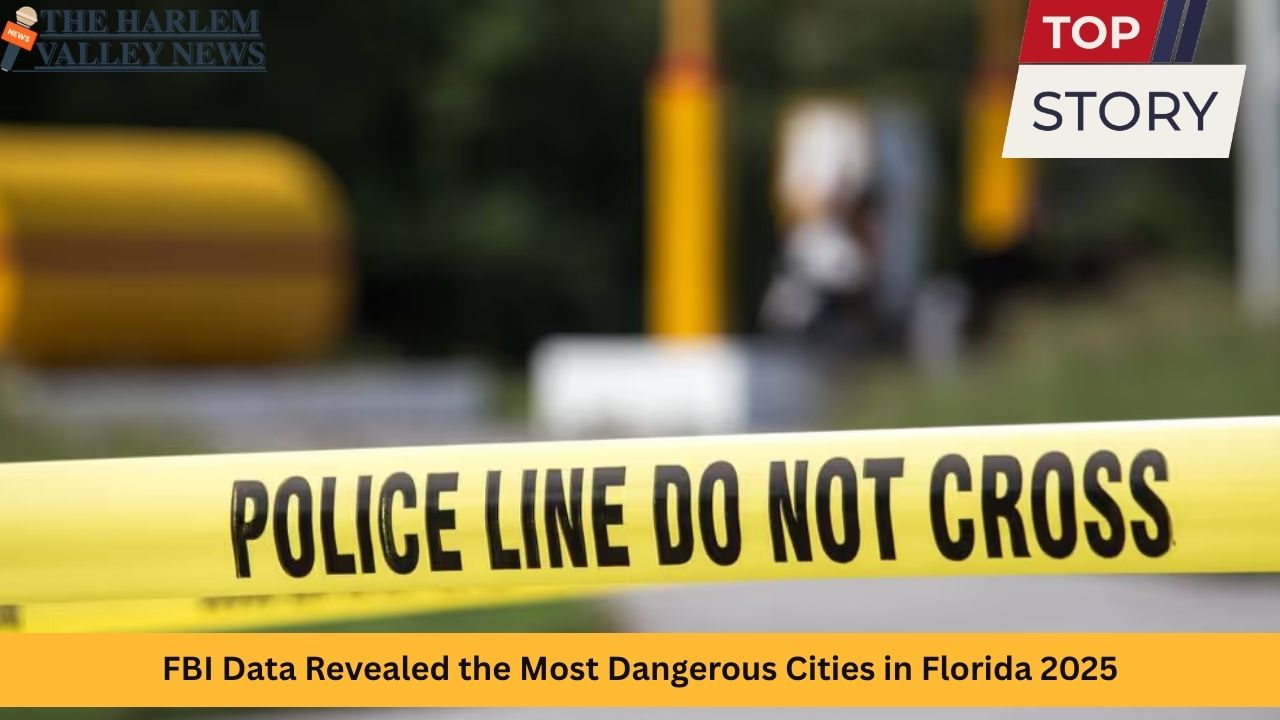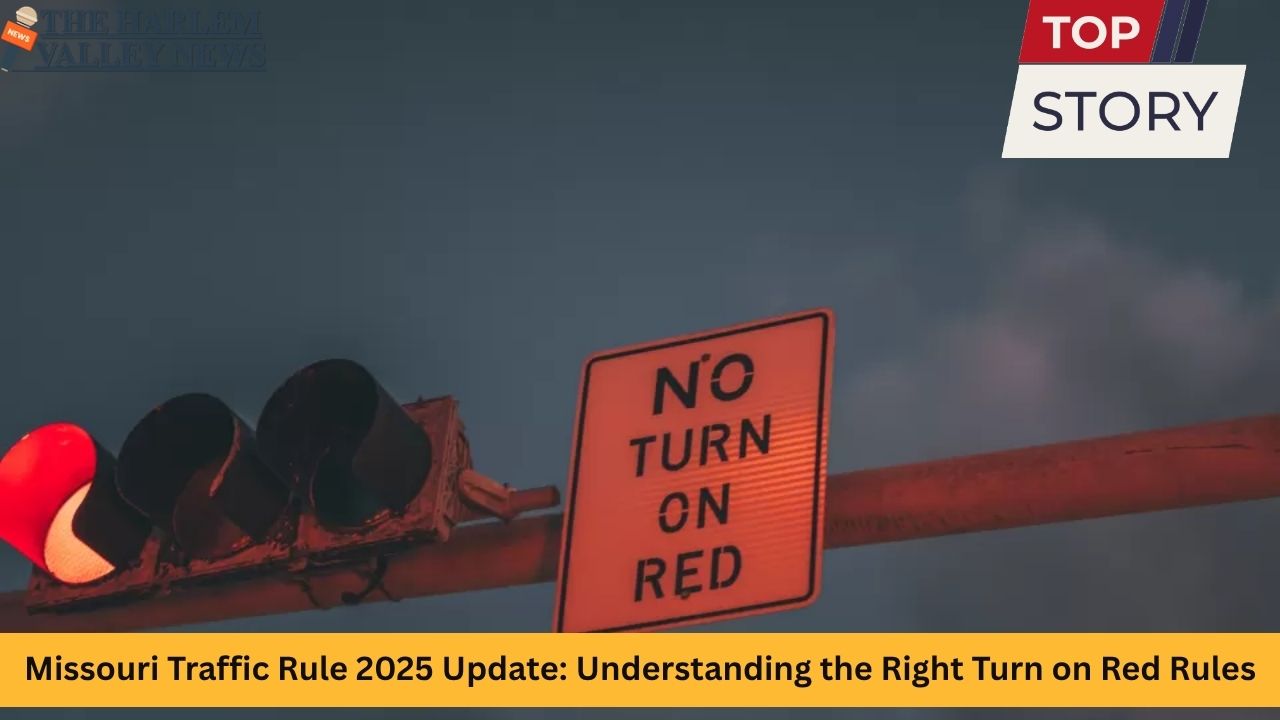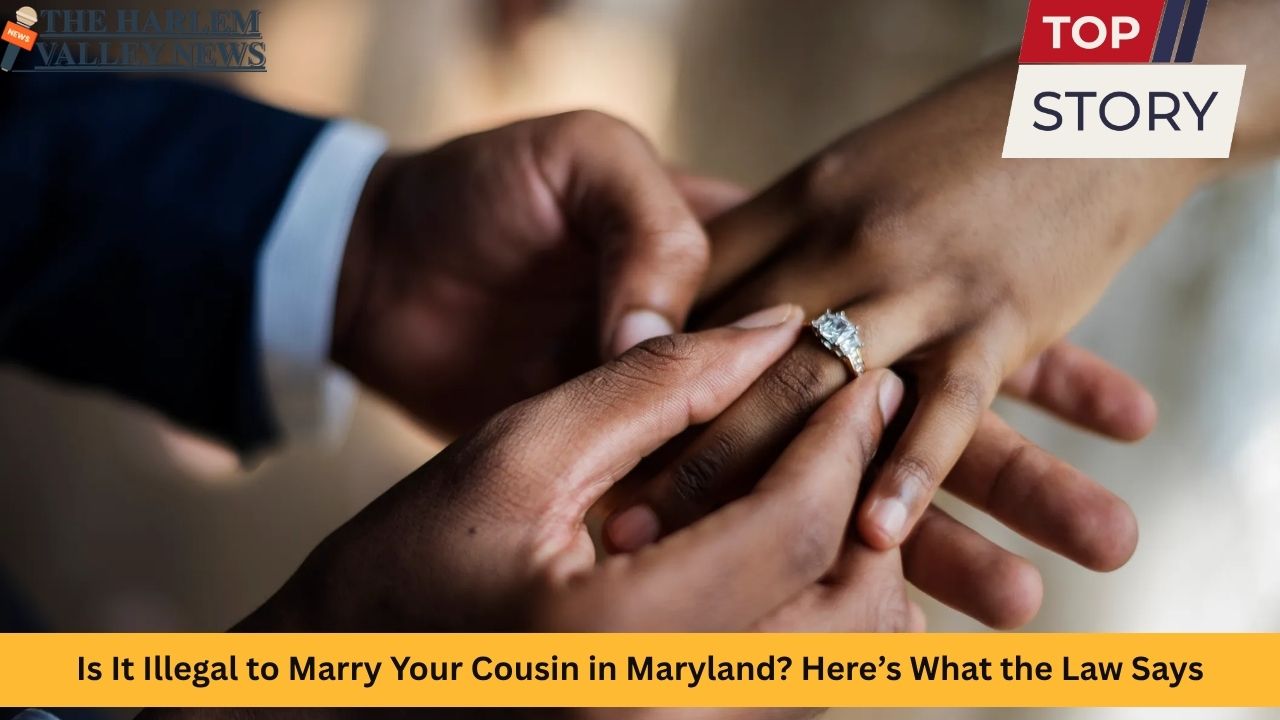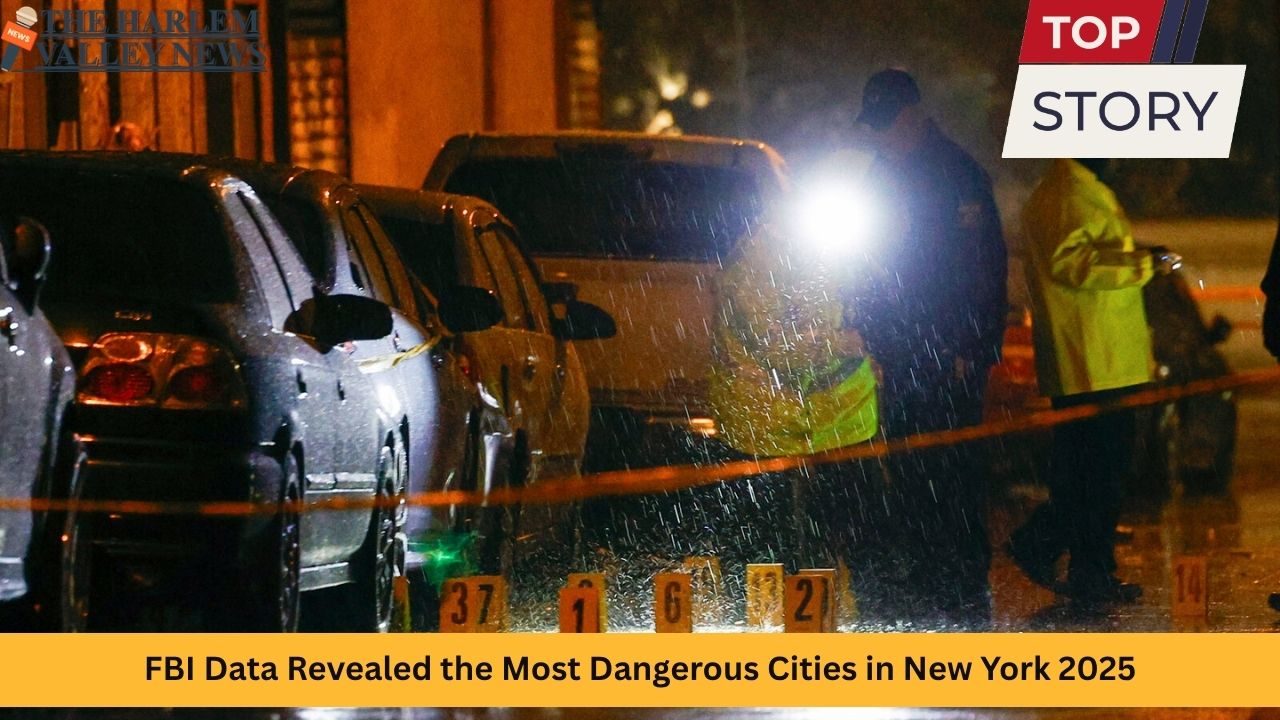Florida, known for its sun-drenched beaches, vibrant cities, and thriving tourism industry, has always attracted a wide array of residents and visitors alike. Yet, beneath its palm-lined avenues and coastal beauty lies a complex picture of public safety. Every year, the Federal Bureau of Investigation (FBI) releases detailed crime statistics, providing insight into the cities facing the most serious challenges with violent and property crimes. In 2025, this data has become even more crucial for residents, policymakers, and travelers, as urban populations increase and socio-economic factors evolve.
This article offers a comprehensive look at Florida’s most dangerous cities in 2025, dissecting the patterns, contributing factors, and ongoing initiatives to address community safety. Statistical data, city-specific facts, and emerging trends are combined to paint a clear and informative picture.
Understanding Crime in Florida
The FBI’s Methodology
The FBI measures crime through its Uniform Crime Reporting (UCR) system, collecting data from law enforcement agencies across the country. The two primary categories assessed are:
-
Violent Crimes: Includes murder, nonnegligent manslaughter, rape, robbery, and aggravated assault.
-
Property Crimes: Encompasses burglary, larceny-theft, motor vehicle theft, and arson.
These statistics are standardized per 1,000 or 100,000 residents to fairly compare cities of different population sizes.
Current Crime Trends Statewide
Florida’s crime rate in 2025 reveals a nuanced story. The statewide violent crime average is lower than the national median, around 3.8 incidents per 1,000 people. Property crime, however, sits slightly above the national average, reflecting challenges such as theft and burglary, particularly in growing cities or areas with high tourist traffic.
Several factors drive these trends:
-
Urbanization and population growth
-
Economic disparities
-
Drug trafficking corridors
-
Gun law changes and enforcement
-
Community policing programs
What Makes a City “Dangerous”?
To classify the most dangerous cities, analysts focus on rates rather than raw numbers, considering both violent and property crimes. Urban hubs with higher density, transit routes, or unique socio-economic pressures often report more incidents. However, cities with smaller populations can appear disproportionately dangerous if crime is concentrated in specific neighborhoods.
Top Most Dangerous Cities in Florida in 2025
Florida City
Florida City consistently tops the list as the most dangerous city in Florida in 2025. This gateway town to the Florida Keys, though relatively small in population, records the highest violent crime rate per capita in the state. A distinctive factor is its proximity to key drug trafficking corridors and major highways.
-
Violent crime rate: Over 9 incidents per 1,000 residents
-
Property crime rate: Exceeds 56 per 1,000 residents
-
Key challenges: Drug-related robberies, transient population, truck stop incidents
-
Hotspots: US-1 corridor, especially near commercial truck stops
The high volume of theft, assaults, and robberies has prompted increased policing, but the city’s unique geography and economic vulnerabilities make lasting solutions complex.
Opa-Locka
Located in Miami-Dade County, Opa-Locka is notorious for ongoing struggles with violent crime, particularly shootings and robberies.
-
Violent crime rate: Just under 9 per 1,000 residents
-
Property crime rate: Over 50 per 1,000 residents
-
Primary factors: Drug activity, transient workforce, blighted properties
-
Notable area: “Opa-locka Triangle” is responsible for a major share of violent incidents
City leaders have tried to revitalize neighborhoods and implement community policing, but the prevalence of abandoned buildings and limited economic opportunities continue to drive crime.
Lake City
Lake City stands out as one of Florida’s most dangerous due to its position along major highways (I-75 and US-90), making it a hub for drug trafficking and transience.
-
Violent crime rate: Near 8 incidents per 1,000 residents
-
Property crime rate: Above 48 per 1,000
-
Issues: Methamphetamine arrests, frequent motel-related incidents, interstate crime
Despite aggressive law enforcement tactics, the city’s high rates of aggravated assault and burglaries reflect deeper social and economic struggles.
Lake Park
This Palm Beach County community has seen persistent crime issues concentrated near transportation corridors.
-
Violent crime rate: Above 7 per 1,000
-
Property crime rate: Exceeds 45 per 1,000
-
Key driver: Gang activity, especially near the railway lines and major intersections
-
Crime hotspots: Gas station on Park Avenue is a frequent trouble spot
Efforts to combat gang violence and property crimes include increased surveillance and community outreach, but resources remain a challenge.
Fort Lauderdale
As a major tourism, business, and cultural hub, Fort Lauderdale faces significant safety challenges.
-
Violent crime rate: Notably high for a city its size
-
Property crime: Consistently elevated, with theft, burglary, and car break-ins common
-
Factors: Party tourism, nightlife areas, population density
While tourist zones are heavily patrolled, some neighborhoods—especially farther from the beach—struggle with gang-related incidents and opportunistic theft.
Jacksonville
Jacksonville, Florida’s most populated city, wrestles with the biggest volume of property crimes in the state.
-
Violent and property crime rates: Significantly above the state average
-
Unique factors: Urban sprawl, socio-economic disparity, gang activity
-
Notable neighborhoods: Certain northwest and westside areas experience heightened violence
Targeted programs and law enforcement community collaboration have helped in some districts, but underlying generational issues remain tough to address.
Miami
Miami’s diverse neighborhoods exhibit sharp divides in safety. While some regions enjoy low crime rates and strong community partnerships, others contend with concentrated violence and theft.
-
Crime rates: High property and violent crime, especially in selected neighborhoods
-
Contributing factors: Tourism influx, income inequality, nightlife, drug trade
Ongoing crime suppression programs are being implemented, focusing on high-risk youth and improved street lighting.
St. Petersburg
St. Petersburg’s vibrant downtown belies ongoing struggles with theft and assault in certain areas.
-
Property crime rate: Consistently high
-
Violent crime rate: Elevated in specific neighborhoods
-
Key drivers: Gang disputes, economic challenges in historic districts
The city invests in prevention through police-community partnerships and social outreach.
Orlando
Orlando, synonymous with theme parks, records high crime rates outside tourist zones.
-
Violent crime rates: Notably above state averages
-
Problem spots: Areas away from the attractions, especially on city outskirts
-
Factors: Transient worker population, housing instability, auto theft
Ongoing technology upgrades in policing aim to curb these trends.
Daytona Beach
Known for its famed speedway and beach, Daytona Beach contends with property crime and periodic spikes in violent incidents.
-
Property crime: Particularly high thanks to tourist traffic, events, and seasonal population surges
-
Violent crime: Always a concern during major events and in fringe neighborhoods
Downtown revitalization and neighborhood watch programs are on the rise in an effort to reduce opportunity crimes.
West Palm Beach
Despite significant downtown growth and gentrification, West Palm Beach faces notable crime issues.
-
Violent and property crime rates: High compared to other cities in Palm Beach County
-
Factors: Nightlife, drugs, income gaps, transient population
Community policing and public-private safety initiatives continue to evolve in response.
Riviera Beach
Home to one of Florida’s busiest ports, Riviera Beach wrestles with complex crime patterns.
-
High property crime, with notable violent crime in specific districts
-
Challenges: Port-centric drug activity, economic pressure, repeated theft
Strategic policing and support for at-risk youth are top community priorities.
Key Factors Behind High Crime Rates
Drug Trafficking and Interstates
Many cities on this list are situated along major drug transit routes. Highways like I-75 and US-1 enable the flow of illicit substances and transient criminals, driving up rates for both violent and property crimes.
Economic Disparities
Cities with higher poverty rates, fewer social services, and housing instability tend to see more incidents of theft, robbery, and assault. Economic downturns and lack of opportunity contribute to desperation and volatility.
Gun Laws and Firearm Access
Recent legislative changes have made gun ownership and carry laws less restrictive, which can influence rates of aggravated assault and robbery.
Transient Populations and Seasonal Influxes
Tourist destinations or cities with large populations of seasonal workers experience spikes in certain crimes such as theft, fraud, and assault, particularly during high-traffic months.
City-to-City Crime Rate Comparisons
| City | Violent Crimes per 1,000 Residents | Property Crimes per 1,000 Residents |
|---|---|---|
| Florida City | 9.42 | 56.78 |
| Opa-Locka | 8.76 | 51.23 |
| Lake City | 7.89 | 48.56 |
| Lake Park | 7.45 | 45.67 |
| Fort Lauderdale | ~High | ~High |
| Jacksonville | ~Above average | Highest total volume |
| Miami | ~High | ~High |
| St. Petersburg | ~Elevated | ~Elevated |
| Orlando | ~Notably high | ~High |
| Daytona Beach | ~Moderate-High | ~Very High in tourist zones |
Note: Some figures are approximate due to the evolving nature of new crime statistics and local reporting methods.
The Role of Law Enforcement and Community Initiatives
Policing Strategies for 2025
-
Technology: Police departments are deploying real-time crime monitoring, surveillance cameras, and analytics forecasting to anticipate and respond to crime patterns.
-
Community Partnerships: Programs such as community watch, youth engagement, and public forums have successfully lowered crime in selected neighborhoods.
-
Social Services Collaboration: Coordinated action between police, housing authority, schools, and mental health organizations is key to long-term trends.
Success Stories
Tampa stands out for its significant reduction in crime during 2025, with double-digit drops in violent offenses and overall crime compared to previous years. These improvements reflect not just law enforcement but also community buy-in and prevention programs.
How Florida Compares to the Nation
Florida’s violent crime rate remains just below the national average, a testament to effective law enforcement and proactive policies in some regions. However, its property crime rates are slightly above the U.S. norm. Some cities, notably Florida City and Opa-Locka, appear consistently on lists of America’s most crime-impacted cities.
Safety Tips for Residents and Visitors
Whether you live in or plan to visit one of Florida’s high-crime cities, these safety measures remain highly recommended:
-
Stay informed on local crime alerts
-
Secure valuables and lock vehicles at all times
-
Use well-lit, populated areas when walking at night
-
Download local emergency and police apps, if available
-
Get to know your neighborhood watch groups
-
Avoid displaying large amounts of cash or expensive items in public
The Path Forward
Florida’s most dangerous cities illustrate an array of challenges—economic, geographic, and social—but also a remarkable level of resilience and innovation. Cities across the state continue to invest in both tough-on-crime initiatives and root-cause prevention, including programs for youth, improvements in urban planning, and increased mental health services.
As population trends shift and cities grow or decline, the FBI’s annual data remains a vital source for tracking public safety and understanding where attention is most needed. Ongoing dialogue between city leadership, law enforcement, and citizens will be crucial for building safer communities in the years ahead.
Conclusion
Crime statistics are more than numbers—they reflect the lived reality of Florida’s cities in 2025. By examining the stories behind the data, from densely urban Jacksonville and Miami to the smaller but high-risk hubs like Florida City and Opa-Locka, it’s clear that strategic investment, community effort, and vigilance are necessary to make these places safer.
Florida’s high-crime cities are not defined solely by their struggles. Each one is home to dedicated residents, passionate advocates, and initiatives working tirelessly to turn the tide. As the state moves forward, continued transparency and innovation will remain at the forefront of keeping Floridians and visitors safe.












Leave a Reply